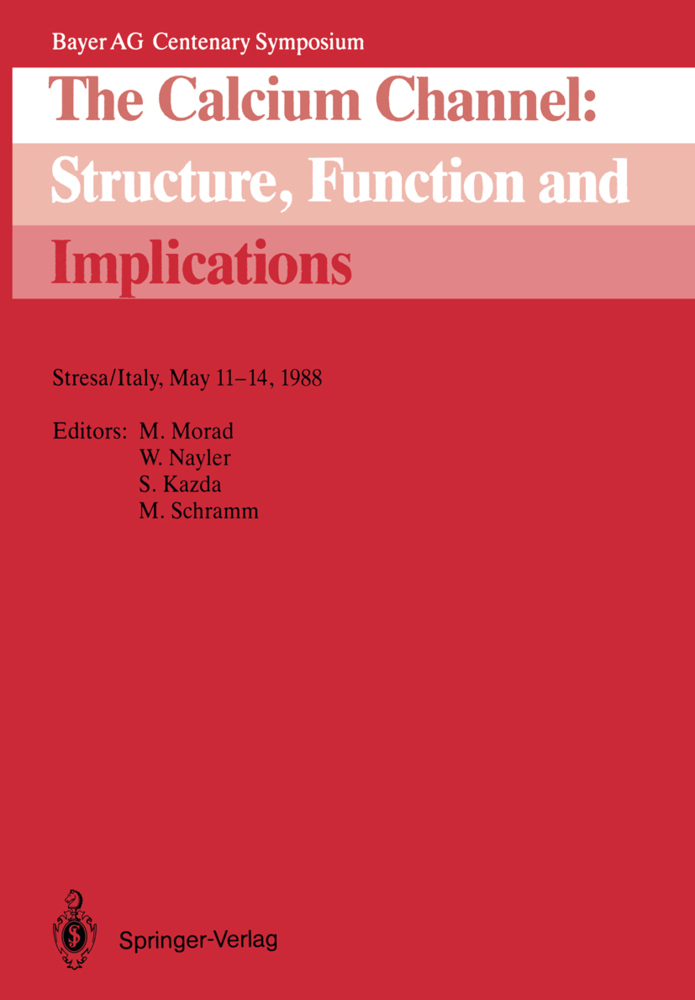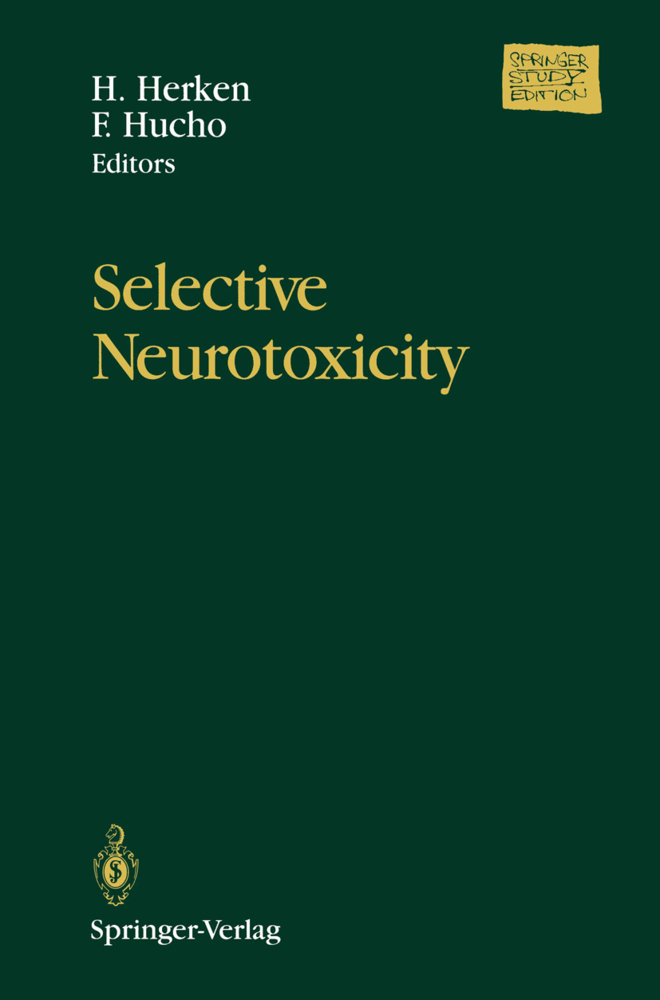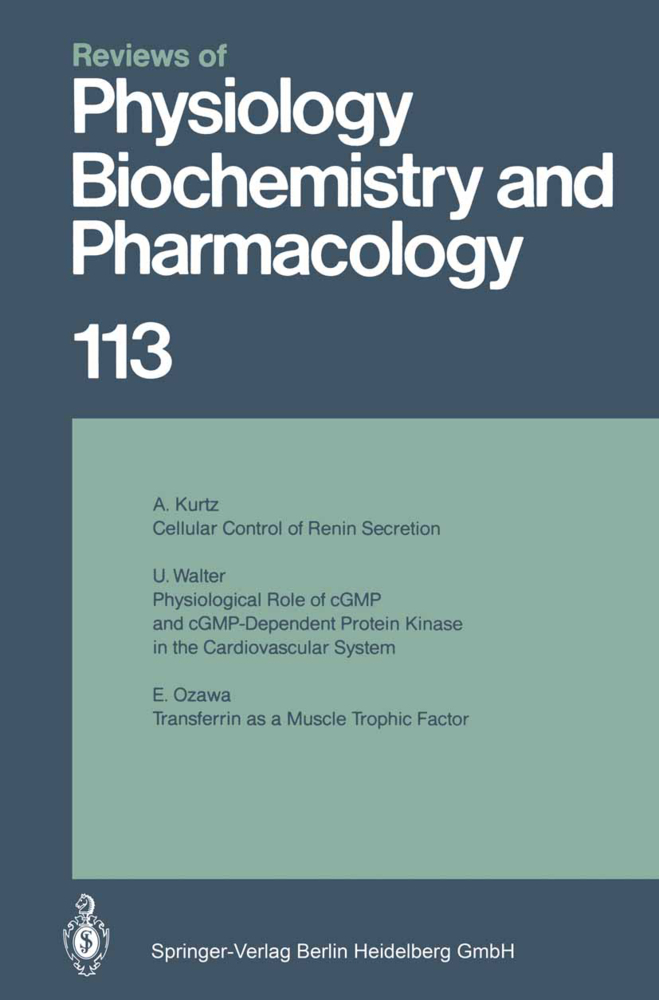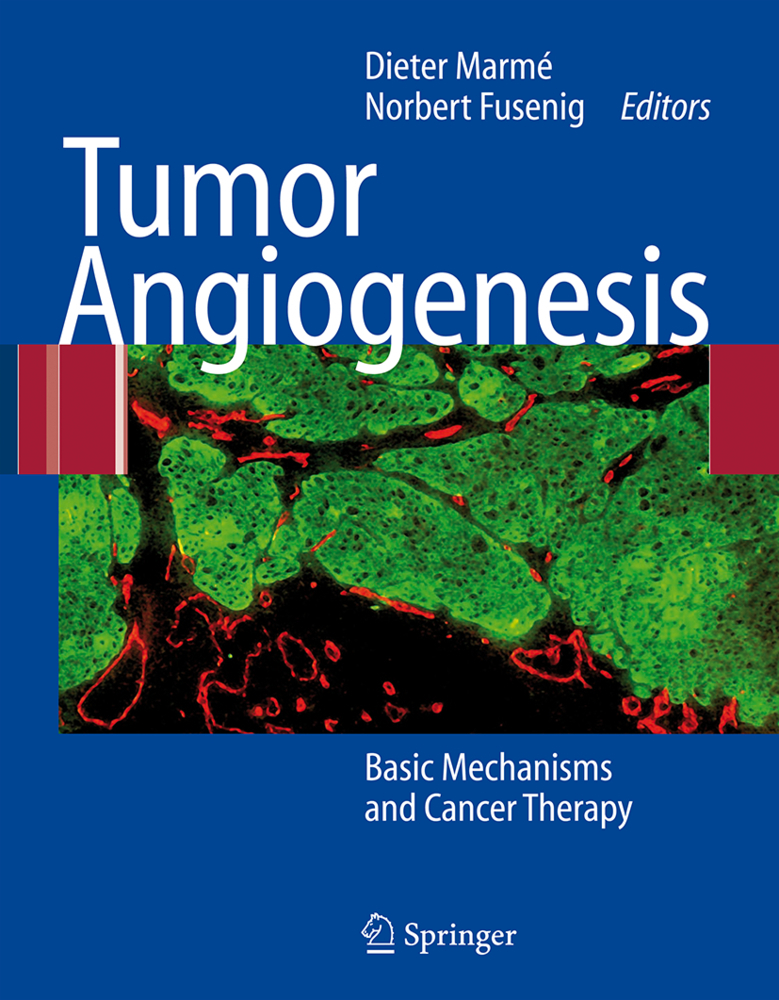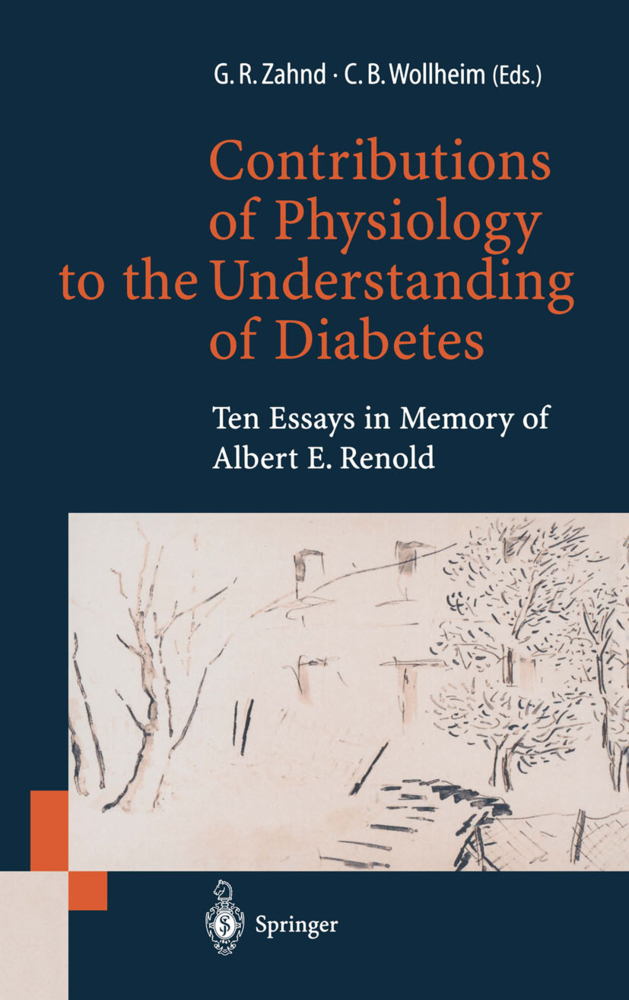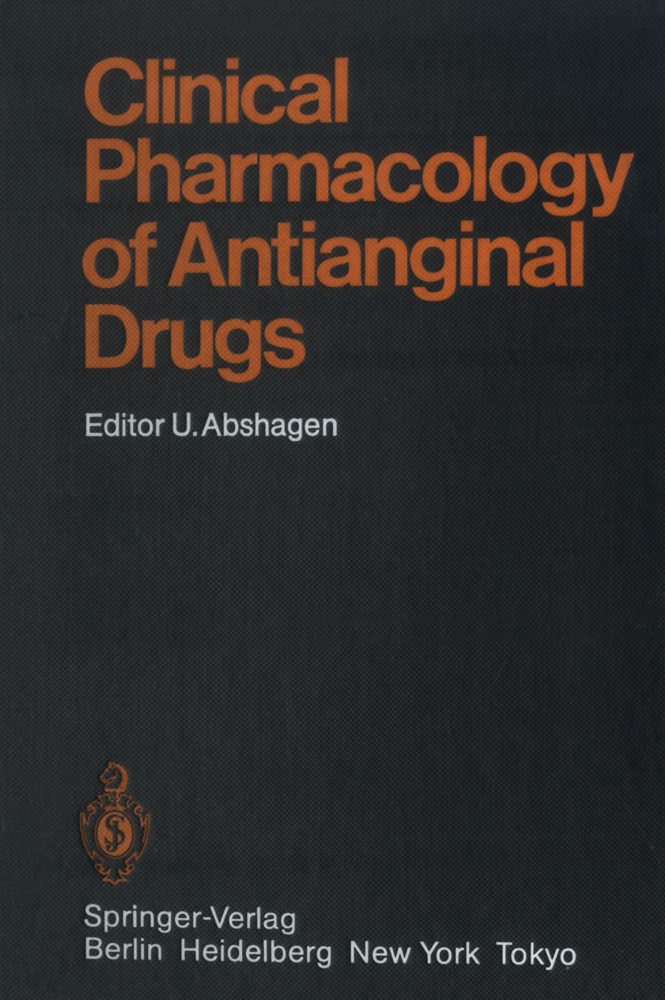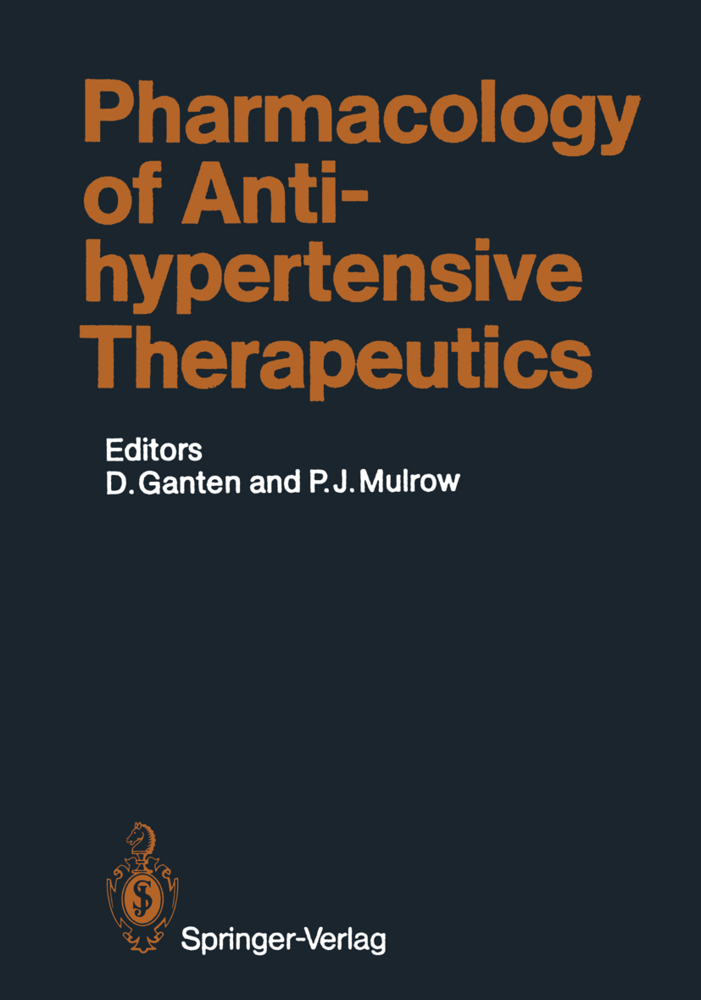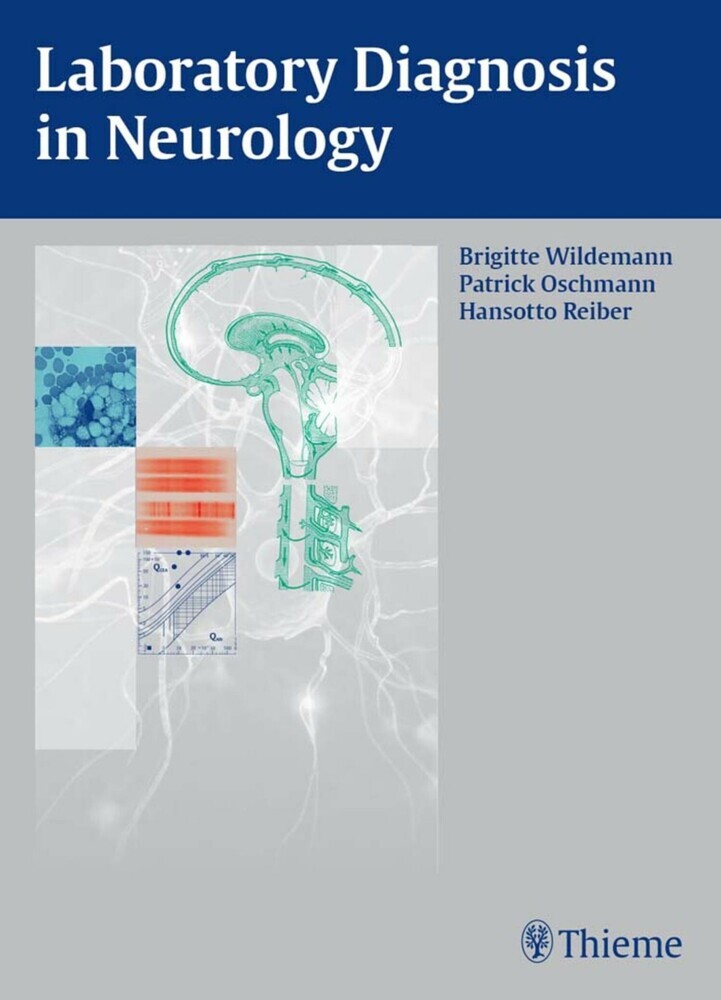The Calcium Channel: Structure, Function and Implications
Stresa/Italy, May 11-14, 1988
The Calcium Channel: Structure, Function and Implications
Stresa/Italy, May 11-14, 1988
This is the first book to summarize experimental results from the new, rapidly expanding field of research into the calcium channel in cell membrane. Calcium is an ubiquitous messenger of various cellular functions. Its fundamental role in the regulation of cardiac contractions has long been recognized. Drugs counteracting some actions of calcium ions, namely calcium antagonists, have since become essential to research. In the last decade it has been established that calcium ions reach their target intracellular system by passing through specialized calcium channels in the membrane. Recently improved experimental techniques combined with the discovery of highly specific Ca channel ligands have dramatically enlarged our knowledge of the molecular structure and function of such channels. The contributions by leading world specialists shed new light on both basic science and possible clinical implications for cardiovascular pharmacology, endocrinology and neuropharmacology.
Homology of Calcium-Modulated Proteins: Their Evolutionary and Functional Relationships
1 The Function of the Calcium Channel
Kinetics, and ?-Adrenergic Modulation of Cardiac Ca2+ Channels
Dihydropyridines, G Proteins, and Calcium Channels
Electrophysiology of Dihydropyridine Ca Agonists
Proton-Induced Transformation of Ca2+-Channel: Possible Mechanism and Physiological Role
Membrane Potential and Dihydropyridine Block of Calcium Channels in the Heart: Influence of Drug Ionization on Blocking Activity
Dihydropyrine-Sensitive and Insensitive Ca2+ Channels in Normal and Transformed Fibroblasts
Protein Phosphorylation and the Inactivation of Dihydropyridine-Sensitive Calcium Channels in Mammalian Pituitary Tumor Cells
Sodium Currents Through Neuronal Calcium Channels: Kinetics and Sensitivity to Calcium Antagonists
Block of Sodium Currents Through a Neuronal Calcium Channel by External Calcium and Magnesium Ions
The Voltage Sensor of Skeletal Muscle Excitation-Contraction Coupling: A Comparison with Ca2+ Channels
2 The Structure of the Calcium Channel
Biochemistry and Molecular Pharmacology of Ca2+ Channels and Ca2+-Channel Blockers
The Structure of the Ca2+ Channel: Photoaffinity Labeling and Tissue Distribution
Site-Specific Phosphorylation of the Skeletal Muscle Receptor for Calcium-Channel Blockers by cAMP-Dependent Protein Kinase
Molecular Properties of Dihydropyridine-Sensitive Calcium Channels from Skeletal Muscle
Molecular Characterization of the 1,4-Dihydropyridine Receptor in Skeletal Muscle.-Reconstitution of Solubilized and Purified Dihydropyridine Receptor from Skeletal Muscle Microsomes as Two Single Calcium-Channel Conductances with Different Functional Properties
1,4-Dihydropyridines as Modulators of Voltage-Dependent Calcium-Channel Acitivity
Dihydropyridine Pharmacology of the Reconstituted Calcium Channel of Skeletal Muscle
Expression of mRNA Encoding Rat Brain Ca2+ Channels in Xenopus Oocytes
3 Calcium Channels in the Cardiovascular and Endocrine System
Ca2+ Pathways Mediating Agonist-Activated Contraction of Vascular Smooth Muscle and EDRF Release from Endothelium
Calcium Channels and the Heart
Role of Calcium Channels in Cardiac Arrythmias
General Anaesthetics and Antiarrhythmics Antagonize the Ca2+ Current in Single Frog Cardiac Cells
The Calcium Channel and Vascular Injury
Endocrine Effects of Calcium Channel Agonists and Antagonists in a Pituitary Cell System
L-Type Calcium Channels and Adrenomedullary Secretion
Regulation of Signal Transduction by G Proteins in Exocrine Pancreas Cells
Calcium Channel Blockers and Renin Secretion
Action of Parathyroid Hormone on Calcium Transport in Rat Brain Synaptosomes is Independent of cAMP
Calcium and the Mediation of Tubuloglomerular Feedback Signals
Inhibition of Parathyroid Hormone Secretion by Calcium: The Role of Calcium Channels
4 Neuropharmacology of Calcium-Channels
The Neuropharmacology of Ca2+ Channels
Kinetic Characteristics of Different Calcium Channels in the Neuronal Membrane
Increased Calcium Currents in Rat Hippocampal Neurons During Aging
Regulation of Brain 1,4-Dihydropyridine Receptors by Drug Treatment
Nimodipine and Neural Plasticity in the Peripheral Nervous System of Adult and Aged Rats
Anticonvulsant Properties of Dihydropyridine Calcium Antagonists
Interaction Between Certain Antipsychotic Drugs and Dihydropyridine Receptor Sites
Effects of Organic Calcium-Entry Blockers on Stimulus-Induced Changes in Extracellular Calcium Concentration in Area CA 1 of Rat Hippocampal Slices
Alcohol, Neurodegenerative Disorders and Calcium-Channel Antagonist Receptors
5 Endogenous Ligands and Antibodies
Endogenous Ligands for the Calcium Channel: Myths and Realities
Endogenous 1,4-Dihydropyridine-Displacing Substances Acting on L-Type Ca2+ Channels: Isolation and Characterization of Fractions from Brain and Stomach
Endothelium-Derived Novel Vasoconstrictor Peptide Endothelin: A Possible Endogenous Agonist for Voltage-Dependent Ca2+ Channels
Calcium-Channel Antibodies: Subunit-Specific Antibodies as Probes for Structure and Function
Endogenous Ligands for Voltage-Sensitive Calcium Channels in Extracts of Rat and Bovine Brain
An Endogenous Purified Peptide Modulates Ca2+ Channels in Neurons and Cardiac Myocytes
Antibodies Against the ADP/ATP Carrier Interact with the Calcium Channel and Induce Cytotoxicity by Enhancement of Calcium Permeability
Calcium, Aging and Disease
Calcium, Aging and Diseases.
History and Philosophy of Bayer Pharmaceutical Research
The Effect of Lime and Potash on the Frog Heart: An Imaginative Reconstruction of a Paper Presented by Sydney Ringer to the Physiological Society on 9th December 1882Homology of Calcium-Modulated Proteins: Their Evolutionary and Functional Relationships
1 The Function of the Calcium Channel
Kinetics, and ?-Adrenergic Modulation of Cardiac Ca2+ Channels
Dihydropyridines, G Proteins, and Calcium Channels
Electrophysiology of Dihydropyridine Ca Agonists
Proton-Induced Transformation of Ca2+-Channel: Possible Mechanism and Physiological Role
Membrane Potential and Dihydropyridine Block of Calcium Channels in the Heart: Influence of Drug Ionization on Blocking Activity
Dihydropyrine-Sensitive and Insensitive Ca2+ Channels in Normal and Transformed Fibroblasts
Protein Phosphorylation and the Inactivation of Dihydropyridine-Sensitive Calcium Channels in Mammalian Pituitary Tumor Cells
Sodium Currents Through Neuronal Calcium Channels: Kinetics and Sensitivity to Calcium Antagonists
Block of Sodium Currents Through a Neuronal Calcium Channel by External Calcium and Magnesium Ions
The Voltage Sensor of Skeletal Muscle Excitation-Contraction Coupling: A Comparison with Ca2+ Channels
2 The Structure of the Calcium Channel
Biochemistry and Molecular Pharmacology of Ca2+ Channels and Ca2+-Channel Blockers
The Structure of the Ca2+ Channel: Photoaffinity Labeling and Tissue Distribution
Site-Specific Phosphorylation of the Skeletal Muscle Receptor for Calcium-Channel Blockers by cAMP-Dependent Protein Kinase
Molecular Properties of Dihydropyridine-Sensitive Calcium Channels from Skeletal Muscle
Molecular Characterization of the 1,4-Dihydropyridine Receptor in Skeletal Muscle.-Reconstitution of Solubilized and Purified Dihydropyridine Receptor from Skeletal Muscle Microsomes as Two Single Calcium-Channel Conductances with Different Functional Properties
1,4-Dihydropyridines as Modulators of Voltage-Dependent Calcium-Channel Acitivity
Dihydropyridine Pharmacology of the Reconstituted Calcium Channel of Skeletal Muscle
Expression of mRNA Encoding Rat Brain Ca2+ Channels in Xenopus Oocytes
3 Calcium Channels in the Cardiovascular and Endocrine System
Ca2+ Pathways Mediating Agonist-Activated Contraction of Vascular Smooth Muscle and EDRF Release from Endothelium
Calcium Channels and the Heart
Role of Calcium Channels in Cardiac Arrythmias
General Anaesthetics and Antiarrhythmics Antagonize the Ca2+ Current in Single Frog Cardiac Cells
The Calcium Channel and Vascular Injury
Endocrine Effects of Calcium Channel Agonists and Antagonists in a Pituitary Cell System
L-Type Calcium Channels and Adrenomedullary Secretion
Regulation of Signal Transduction by G Proteins in Exocrine Pancreas Cells
Calcium Channel Blockers and Renin Secretion
Action of Parathyroid Hormone on Calcium Transport in Rat Brain Synaptosomes is Independent of cAMP
Calcium and the Mediation of Tubuloglomerular Feedback Signals
Inhibition of Parathyroid Hormone Secretion by Calcium: The Role of Calcium Channels
4 Neuropharmacology of Calcium-Channels
The Neuropharmacology of Ca2+ Channels
Kinetic Characteristics of Different Calcium Channels in the Neuronal Membrane
Increased Calcium Currents in Rat Hippocampal Neurons During Aging
Regulation of Brain 1,4-Dihydropyridine Receptors by Drug Treatment
Nimodipine and Neural Plasticity in the Peripheral Nervous System of Adult and Aged Rats
Anticonvulsant Properties of Dihydropyridine Calcium Antagonists
Interaction Between Certain Antipsychotic Drugs and Dihydropyridine Receptor Sites
Effects of Organic Calcium-Entry Blockers on Stimulus-Induced Changes in Extracellular Calcium Concentration in Area CA 1 of Rat Hippocampal Slices
Alcohol, Neurodegenerative Disorders and Calcium-Channel Antagonist Receptors
5 Endogenous Ligands and Antibodies
Endogenous Ligands for the Calcium Channel: Myths and Realities
Endogenous 1,4-Dihydropyridine-Displacing Substances Acting on L-Type Ca2+ Channels: Isolation and Characterization of Fractions from Brain and Stomach
Endothelium-Derived Novel Vasoconstrictor Peptide Endothelin: A Possible Endogenous Agonist for Voltage-Dependent Ca2+ Channels
Calcium-Channel Antibodies: Subunit-Specific Antibodies as Probes for Structure and Function
Endogenous Ligands for Voltage-Sensitive Calcium Channels in Extracts of Rat and Bovine Brain
An Endogenous Purified Peptide Modulates Ca2+ Channels in Neurons and Cardiac Myocytes
Antibodies Against the ADP/ATP Carrier Interact with the Calcium Channel and Induce Cytotoxicity by Enhancement of Calcium Permeability
Calcium, Aging and Disease
Calcium, Aging and Diseases.
Morad, Martin
Nayler, Winifred G.
Kazda, Stanislav
Schramm, Matthias
| ISBN | 978-3-540-50061-2 |
|---|---|
| Artikelnummer | 9783540500612 |
| Medientyp | Buch |
| Auflage | Softcover reprint of the original 1st ed. 1988 |
| Copyrightjahr | 1988 |
| Verlag | Springer, Berlin |
| Umfang | XXVII, 643 Seiten |
| Abbildungen | XXVII, 643 p. 73 illus. |
| Sprache | Englisch |

